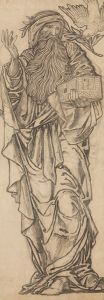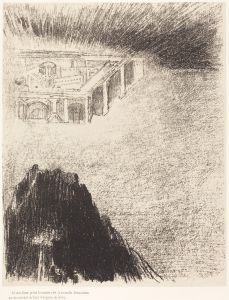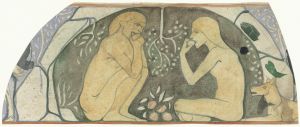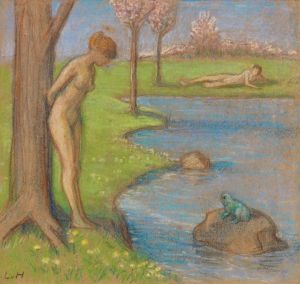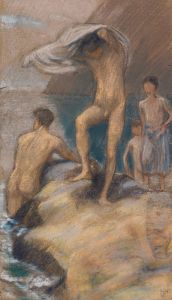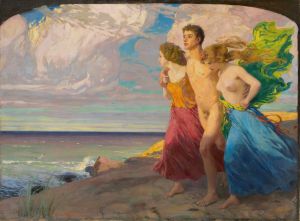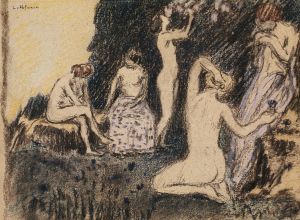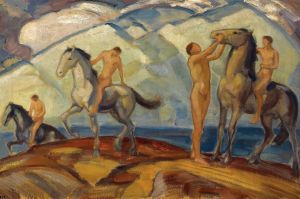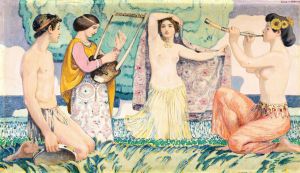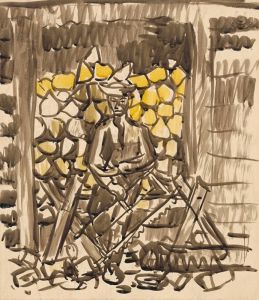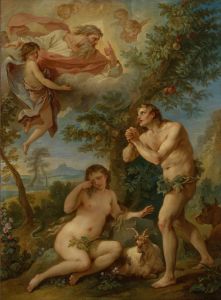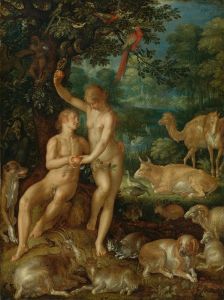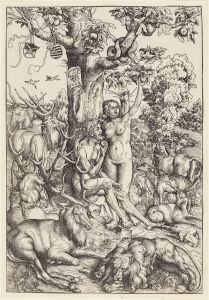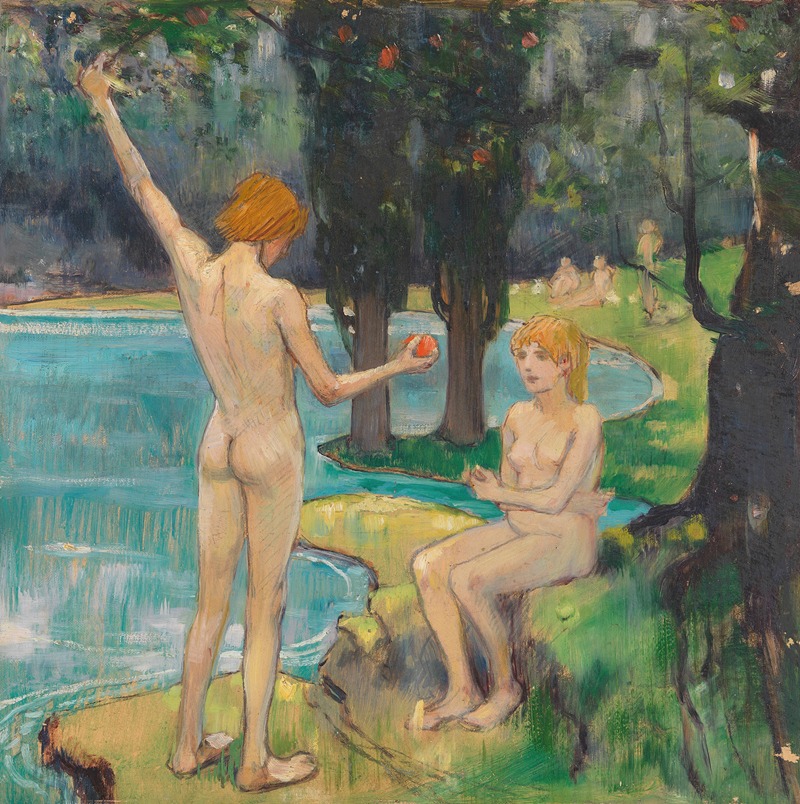
Adam und Eva
A hand-painted replica of Ludwig von Hofmann’s masterpiece Adam und Eva, meticulously crafted by professional artists to capture the true essence of the original. Each piece is created with museum-quality canvas and rare mineral pigments, carefully painted by experienced artists with delicate brushstrokes and rich, layered colors to perfectly recreate the texture of the original artwork. Unlike machine-printed reproductions, this hand-painted version brings the painting to life, infused with the artist’s emotions and skill in every stroke. Whether for personal collection or home decoration, it instantly elevates the artistic atmosphere of any space.
Ludwig von Hofmann was a prominent German painter and graphic artist associated with the Jugendstil movement, which is the German counterpart to Art Nouveau. His works often explore themes of mythology, nature, and the human form, characterized by a harmonious blend of symbolism and decorative elements. One of his notable works is "Adam und Eva," which reflects his distinctive style and thematic interests.
"Adam und Eva" is a painting that delves into the biblical story of Adam and Eve, the first humans according to Judeo-Christian tradition. This subject has been a popular theme in art history, allowing artists to explore themes of innocence, temptation, and the fall of man. Hofmann's interpretation of this narrative is likely to be imbued with the aesthetic qualities and philosophical underpinnings typical of his oeuvre.
Hofmann's style is marked by a lyrical quality, often depicting idealized figures set within lush, dreamlike landscapes. His use of color and form is both expressive and restrained, creating a sense of balance and serenity. In "Adam und Eva," one might expect to see these elements at play, with the figures of Adam and Eve possibly portrayed in a way that emphasizes their connection to nature and the divine.
The Jugendstil movement, to which Hofmann belonged, was characterized by its emphasis on natural forms, flowing lines, and a synthesis of art and life. Artists within this movement sought to break away from traditional academic art and embrace a more holistic approach that integrated various art forms. Hofmann's work, including "Adam und Eva," reflects these ideals, often blurring the lines between painting, illustration, and design.
While specific details about the composition and execution of "Adam und Eva" are not widely documented, it can be inferred that Hofmann's approach would align with his broader artistic goals. His works often convey a sense of timelessness and universality, inviting viewers to contemplate the deeper meanings behind familiar stories and symbols.
Hofmann's contribution to the art world extends beyond his paintings. He was also a respected teacher and served as a professor at the Weimar Saxon-Grand Ducal Art School and later at the Dresden Academy of Fine Arts. His influence can be seen in the works of his students and the broader development of modern art in Germany.
In summary, "Adam und Eva" by Ludwig von Hofmann is a work that exemplifies the artist's engagement with mythological themes and his distinctive Jugendstil aesthetic. While specific details about the painting may not be extensively documented, it stands as a testament to Hofmann's skill in blending narrative content with decorative form, creating art that resonates with both beauty and meaning.





